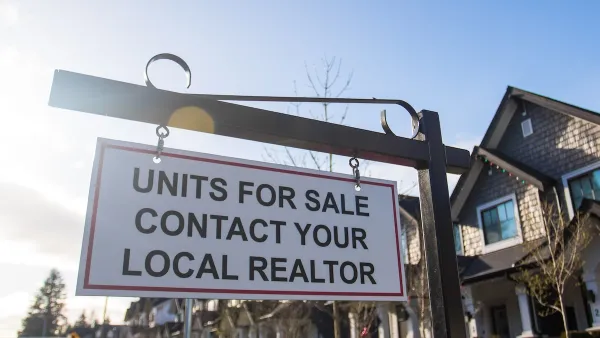Already, the Ghost Ship tragedy is being used as a justification for code enforcement crackdowns that will likely further gentrification. But how can we combat gentrification and displacement and improve safety at the same time?
It’s usually hard to distinguish a victim of gentrification. Many people have a story of getting priced out of their neighborhoods, of being looked at with mistrust by their new neighbors, or of creating beauty with few financial resources, only to have that aesthetic co-opted by capitalism. But gentrification isn’t usually as directly fatal as it was in Oakland earlier [last] week.
At the time of this writing, 36 people have died in a fire at the Ghost Ship warehouse, which was a live-work-play space for artists who were trying to hang on to community in the face of San Francisco’s tech boom. The space lacked sprinklers, fire exits, and other important safety features, increasing the chance of a deadly accident. 2016 has been an awful year, but Ghost Ship has hit my community of queers, artists, and others on the margin particularly hard because it could so easily have been any of us. Some of the highlights of my life have taken place in crumbling buildings packed with my beloveds, where the floors shook with our dancing, or we sat on each other’s laps to listen to a band.
We are going to need community now more than ever to weather the incoming administration, but in the back of our minds, we will wonder whether it’s safe to gather. I have resources and could leave, although my life would be colder and less interesting. The ones that will be left in unsafe situations are the ones for whom a structurally unsafe home is better than the alternative.
FULL STORY: Gentrification Was the Killer in Oakland Fire

Planetizen Federal Action Tracker
A weekly monitor of how Trump’s orders and actions are impacting planners and planning in America.

San Francisco's School District Spent $105M To Build Affordable Housing for Teachers — And That's Just the Beginning
SFUSD joins a growing list of school districts using their land holdings to address housing affordability challenges faced by their own employees.

The Tiny, Adorable $7,000 Car Turning Japan Onto EVs
The single seat Mibot charges from a regular plug as quickly as an iPad, and is about half the price of an average EV.

Seattle's Plan for Adopting Driverless Cars
Equity, safety, accessibility and affordability are front of mind as the city prepares for robotaxis and other autonomous vehicles.

As Trump Phases Out FEMA, Is It Time to Flee the Floodplains?
With less federal funding available for disaster relief efforts, the need to relocate at-risk communities is more urgent than ever.

With Protected Lanes, 460% More People Commute by Bike
For those needing more ammo, more data proving what we already knew is here.
Urban Design for Planners 1: Software Tools
This six-course series explores essential urban design concepts using open source software and equips planners with the tools they need to participate fully in the urban design process.
Planning for Universal Design
Learn the tools for implementing Universal Design in planning regulations.
Smith Gee Studio
City of Charlotte
City of Camden Redevelopment Agency
City of Astoria
Transportation Research & Education Center (TREC) at Portland State University
US High Speed Rail Association
City of Camden Redevelopment Agency
Municipality of Princeton (NJ)





























